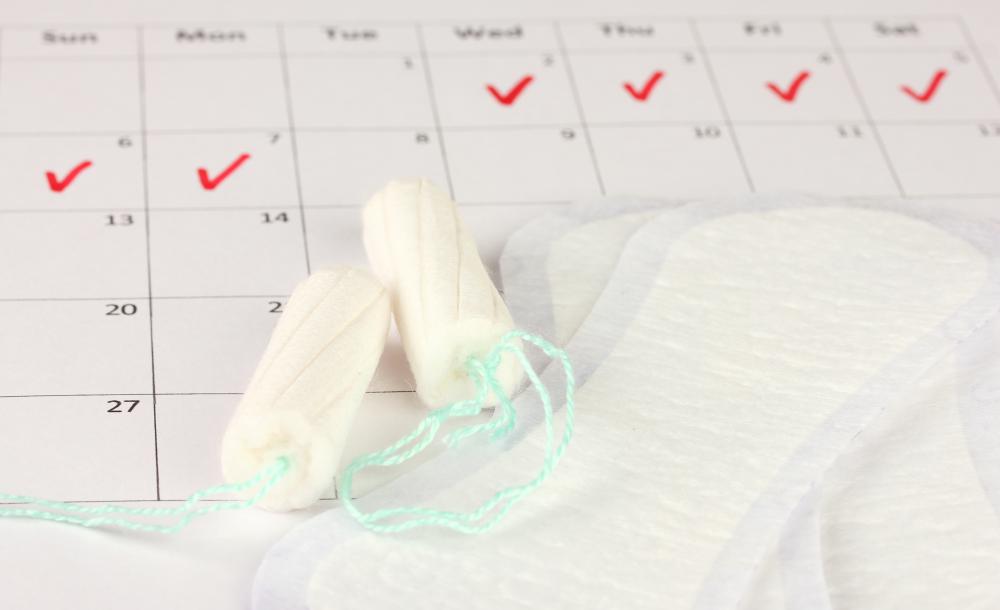At TheHealthBoard, we're committed to delivering accurate, trustworthy information. Our expert-authored content is rigorously fact-checked and sourced from credible authorities. Discover how we uphold the highest standards in providing you with reliable knowledge.
What is a Subserosal Fibroid?
Uterine fibroids are benign tumors which can develop in different locations of the uterus. Generally, these benign growths consists of both muscles from the uterine wall and its connective tissues. A subserosal fibroid is a type of uterine fibroid that develops on the outside of the uterus and may continue to grow in a outward direction, possibly leading to other problems in the abdominal cavity. Symptoms of subserosal fibroids can include pain, abnormal menstrual bleeding, and pressure in the pelvic area.
Women with a subserosal fibroid may experience pain, primarily in the pelvic area. This type of fibroid can grow quite large, and as it expands outward, the pain may become severe. Fibroid pain may radiate into the abdomen and extend into the back and even the legs. The presence of the menstrual cycle may present more persistent pain; however, some women with fibroids experience pain even when the menstrual period is absent.

Abnormal menstrual bleeding is one of the most prominent fibroid symptoms. This may include a menstrual flow that is prolonged and uncommonly heavy. Ongoing heavy cycles can lead to other health conditions, such as anemia. Some women may have to alter their daily activities during their menstrual cycle if the abnormal bleeding caused by a fibroid is too disruptive.

As a subserosal fibroid continues to grow, other problems within the abdominal cavity can occur. Pressure in the pelvic and abdominal area is a common symptom of a this type of fibroid, and it may begin to put pressure on other internal organs, such as the bladder. The abdomen may also appear distended as the fibroid continues to grow.
As fibroids grow, the bladder may become compressed and not able to hold an adequate amount of urine, leading to frequent urination. Constipation can also be caused by pressure put on the intestines. An enlarged uterus, which can be detected by a doctor after a pelvic examination, may be another symptom of a subserosal fibroid.
Diagnostic tools commonly used to diagnose a fibroid can include an ultrasound and a computed tomography (CT) scan. A magnetic resonance imaging (MRI) device may also be used to make a positive diagnosis.

Fibroid treatment will vary according to the type of fibroid, its size, and the symptoms it causes. Surgery may be necessary if symptoms are very problematic. One form of treatment for a subserosal fibroid can be a myomectomy, which will remove only the fibroid and leave the uterus in tact. Another treatment option is a hysterectomy, in which the uterus and sometimes all other female reproductive organs are removed. Women with fibroids should consult with a gynecologist for an accurate diagnosis of the type of fibroid present and advice on the best treatment option.
AS FEATURED ON:
AS FEATURED ON:















Discussion Comments
Fibroid cysts are non cancerous like growths found in the uterus that may cause no symptoms at all. They can disappear on their own. In some women, fibroids cause heavy menstrual periods, periods that last longer than seven days, a feeling of pressure in the abdomen and more. Difficulty urinating and constipation are other symptoms.
Surgical methods to remove fibroids include, abdominal surgery, laparoscopy or a hysterectomy. Laparoscopy is done through small incisions either through the abdomen or the vagina. Typically three incisions are made. One opening is made for the tools used to conduct the surgery, another opening is used to insert a camera and the third incision is made for a light. Laparoscopy is less invasive than abdominal surgery and patients usually recover more quickly than when undergoing abdominal surgery. Doctors may also use an MRI to aim ultrasonic waves at the fibroids, breaking the tumors down. In yet another procedure, doctors treat the arteries feeding the fibroids, cutting off their blood supply.
Post your comments